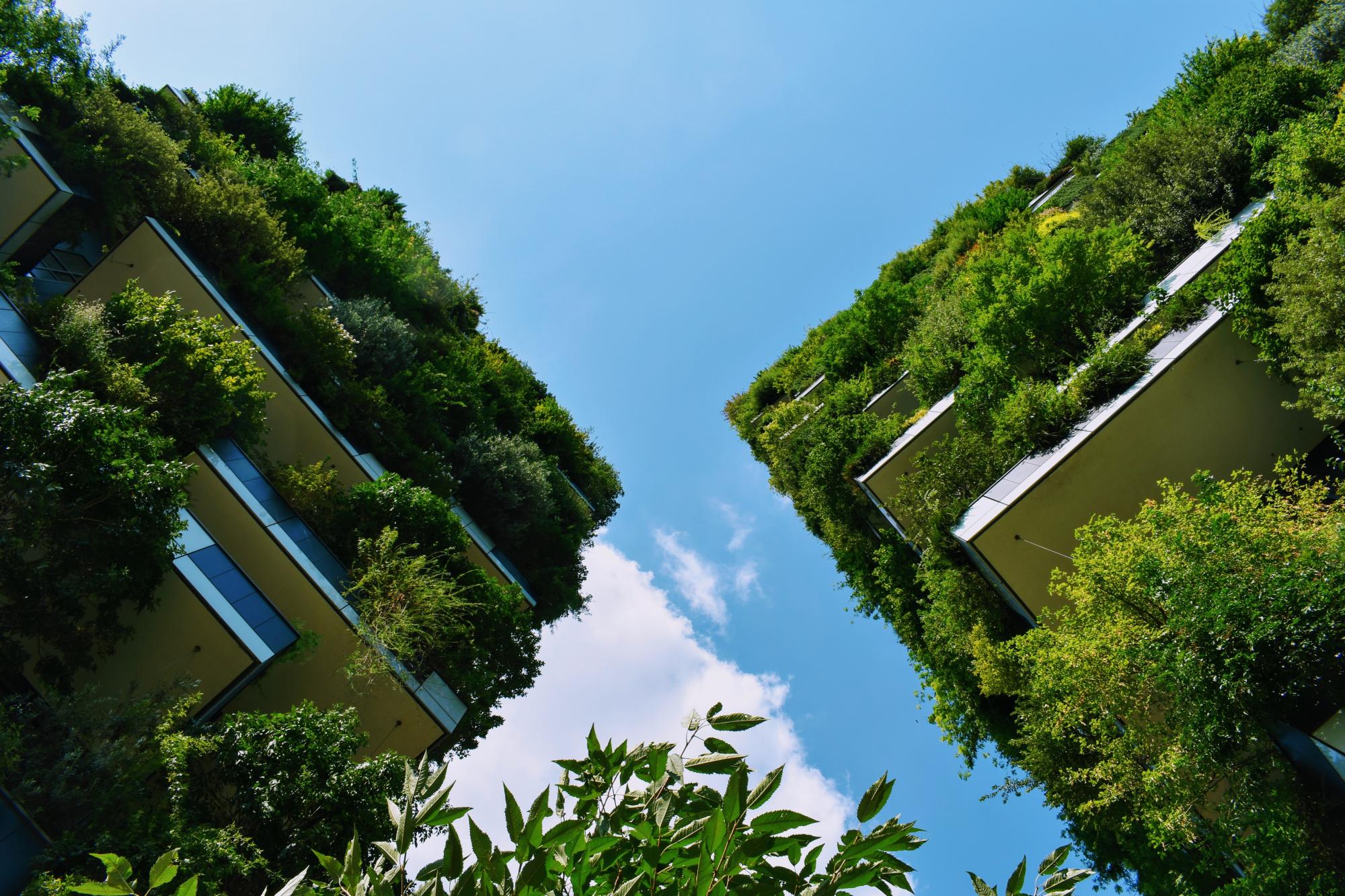The aim of the project is to restore the near-natural state of the Alster, the neighboring floodplains and side waters and thus support biodiversity, the recreational function of the riversides and promote environmental education (Reference 1). The implementation of the project began in 2012 and is planned to continue until 2021. It’s second phase started in 2018, which focuses on redeveloping the inner-city areas of the Alster. (Reference 8) The developers of the project focus on improving biodiversity and habitats. Recent nature conservation efforts included the installation of bee hotels, installation of gravel depots where fish lay eggs and the building of three fish ladders at the Poppenbüttler, Mellingburger and Wohldorfer locks, so that salmon, sea trout and sticklebacks can migrate there again. (Reference 6) In the future, other biotope structures in the urban river environment are to be improved. The project also provides opportunities for voluntary work and educational field trips for schoolchildren. (Reference 9)
Overview
Nature-based solution
- Grey infrastructure featuring greens
- Blue infrastructure
- Riverbank/Lakeside greens
- Parks and urban forests
- Green corridors and green belts
- Rivers/streams/canals/estuaries
- Other
Key challenges
- Climate action for adaptation, resilience and mitigation (SDG 13)
- Climate change adaptation
- Water management (SDG 6)
- Flood protection
- Stormwater and rainfall management and storage
- Green space, habitats and biodiversity (SDG 15)
- Habitat and biodiversity restoration
- Habitat and biodiversity conservation
- Green space creation and/or management
- Social justice, cohesion and equity (SDG 10)
- Environmental education
- Health and well-being (SDG 3)
- Creation of opportunities for recreation
Focus
Project objectives
Implementation activities
Climate-focused activities
Climate change adaptation:
- Restore wetlands and/or coastal ecosystems to dissipate the effects of flooding and/or storms
- Renaturalization of rivers and other water bodies
Biodiversity conservation or restoration-focused activities
Biodiversity conservation:
- Protect and enhance urban habitats
- Preserve and strengthen existing habitats and ecosystems
- Promote environmentally-sound development in and around protected areas
- Reduce negative impacts and avoid the alteration/damage of ecosystem
- Protect species
- Undertake specific measures to protect species
- Undertake specific measures to protect native species
- Undertake specific measures to protect endangered species
- Undertake specific measures to protect valued species
- Means for conservation governance
- Raise public awareness
- Capacity building
Biodiversity restoration:
- Rehabilitate and restore damaged or destroyed ecosystems
- Restore species (native, endangered, or unspecified)
- Restore native species
- Restore valued species
- Restore endangered species
- Restore ecological connectivity
- Public engagement
Main beneficiaries
- Local government/Municipality
- Non-government organisation/Civil Society
- Citizens or community groups
- Young people and children
- Other
Governance
Management set-up
- Co-governance with government and non-government actors
Type of initiating organisation
- Non-government organisation/civil society
- Other
Participatory approaches/ community involvement
- Dissemination of information and education
- Consultation (e.g. workshop, surveys, community meetings, town halls)
- Joint implementation (e.g. tree planting)
Details on the roles of the organisations involved in the project
Project implemented in response to ...
Financing
Total cost
Source(s) of funding
- Public local authority budget
- Funds provided by non-governmental organization (NGO)
- Crowdfunding
- Other
Type of funding
- Direct funding (grants, subsidies, or self-financed projects by private entities)
- Donations
Non-financial contribution
Impacts and Monitoring
Environmental impacts
- Water management and blue areas
- Enhanced protection and restoration of freshwater ecosystems
- Green space and habitat
- Increased conservation or restoration of ecosystems
- Increase in protected green space areas
- Reduced biodiversity loss
- Increased number of species present
- Increased protection of threatened species
- Increased ecological connectivity across regeneration sites and scales
Economic impacts
- Unknown
Socio-cultural impacts
- Health and wellbeing
- Gain in activities for recreation and exercise
- Cultural heritage and sense of place
- Protection of natural heritage
- Protection of historic and cultural landscape / infrastructure
- Increased appreciation for natural spaces
- Education
- Increased support for education and scientific research
- Increased awareness of NBS and their benefits
Type of reported impacts
Presence of formal monitoring system
Presence of indicators used in reporting
Presence of monitoring/ evaluation reports
Availability of a web-based monitoring tool
References
2. Source link. (2017). Massnahmen. [online] Available at: Source link. 05 Sept. 2020].
3. Source link. (2017). Pressemitteilungen. [online] Available at: Source link. 05 Sept. 2020].
4. Source link. (2017). European Green Capital. [online] Available at: Source link 05 Sept. 2020].
5. Ministry of Environment and Energy. (2016). Hamburg – European Green Capital: 5 Years On: The city takes further. Hamburg: Ministry of Environment and Energy. Available at: Source link [Accessed: 05 Sept. 2020]
6. Source link. (2017). Vorbildlicher Einsatz: „Lebendige Alster“ als UN-Projekt ausgezeichnet. [online] Available at: Source link. 05 Sept. 2020].
7. Source link. (2017). Event Information: UN Decade on Biodiversity 2011-2020. [online]. (Website not available in 2020).
8. Source link (2020). Startseite. [online]. Available at: Source link [Accessed: 06 Sept. 2020]
9. Source link (2019). Neue Lebensräume für Wildbienen. [online]. Available at: Source link [Accessed: 06 Sept. 2020]
10. Source link. (2019). In der Alster werkeln statt Schulbank drücken. [online]. Available at: Source link [Accessed: 06 Sept. 2020].
11. Source link. [2017]. Der Fluss und die Aue als funktionelle Einheit oder: "Wie lassen sich Hochwasser verhindern?". [online]. Available at: Source link [Accessed: 06 Sept. 2020].

